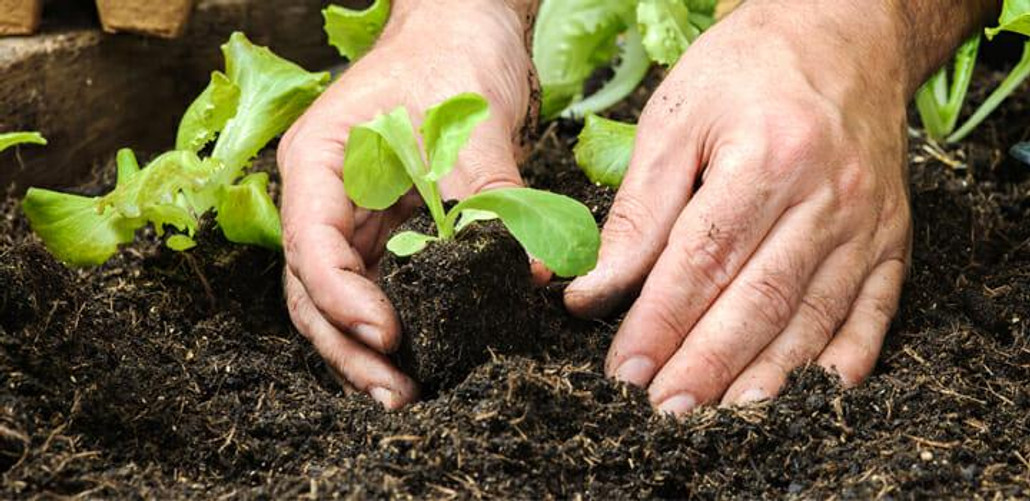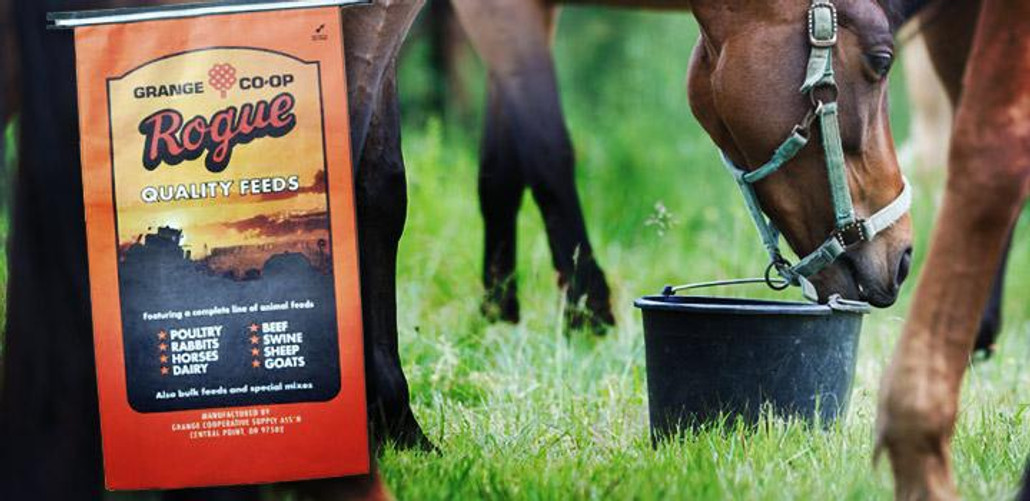Posted by Grange Co-op on 16th Jan 2018
We all love Spring. The warmer weather, the sunny skies, and green hues are irresistible. For many, Spring means gardening season and at Grange Co-op we’re here to help you make this the best Spring ever! You can tackle this exciting time of the year now, including starting your own seeds. Sprouting and nursing your own seedlings is rewarding, and your Grange Co-op is here to assist.
TOOLS
We suggest purchasing a premium soil mix… Read more
Posted by Grange Co-op on 18th Nov 2017
Male and Female: Identical with a grayish olive back, black cap and throat patch, white chest, and tan belly. Small white wing marks.Nesting:
Excavates nest hole in rotted wood or uses
birdhouse or natural cavity. Both male and female build or excavate, making nest with green moss and lines it with animal fur. One brood per year, 5-7 eggs white with fine red- brown speckles.
RECOMMENDED NEST BOX: Garden Artworks Chickadee House, Woodlin… Read more
Posted by Grange Co-op on 5th Oct 2017
You’ve worked hard to cultivate plants around your home and in your garden, so don’t let a one-night frost sabotage your efforts. Get your plants prepared for potential frost and breathe easier when the nighttime temperatures drop.What is frost?
Dew forms on plants from the moisture in the air, and freezing temperatures turn that moisture into frost. Frost damages plants by forming ice crystals in plant cells – thus freezing those cells a… Read more
Posted by Grange Co-op on 4th Oct 2017
In this video post, Brian from Grange Co-op shares tips for success and information about Grange Co-op's Rogue Quality Feed: Rogue C.O.B.
Visit our
Rogue Quality Feed department to learn more or browse our other Rogue Quality Feeds.
http://youtu.be/jU6h88HYAcQ
Rogue Quality Feeds C.O.B. Corn / Oats / Barley and Molasses… Read more




